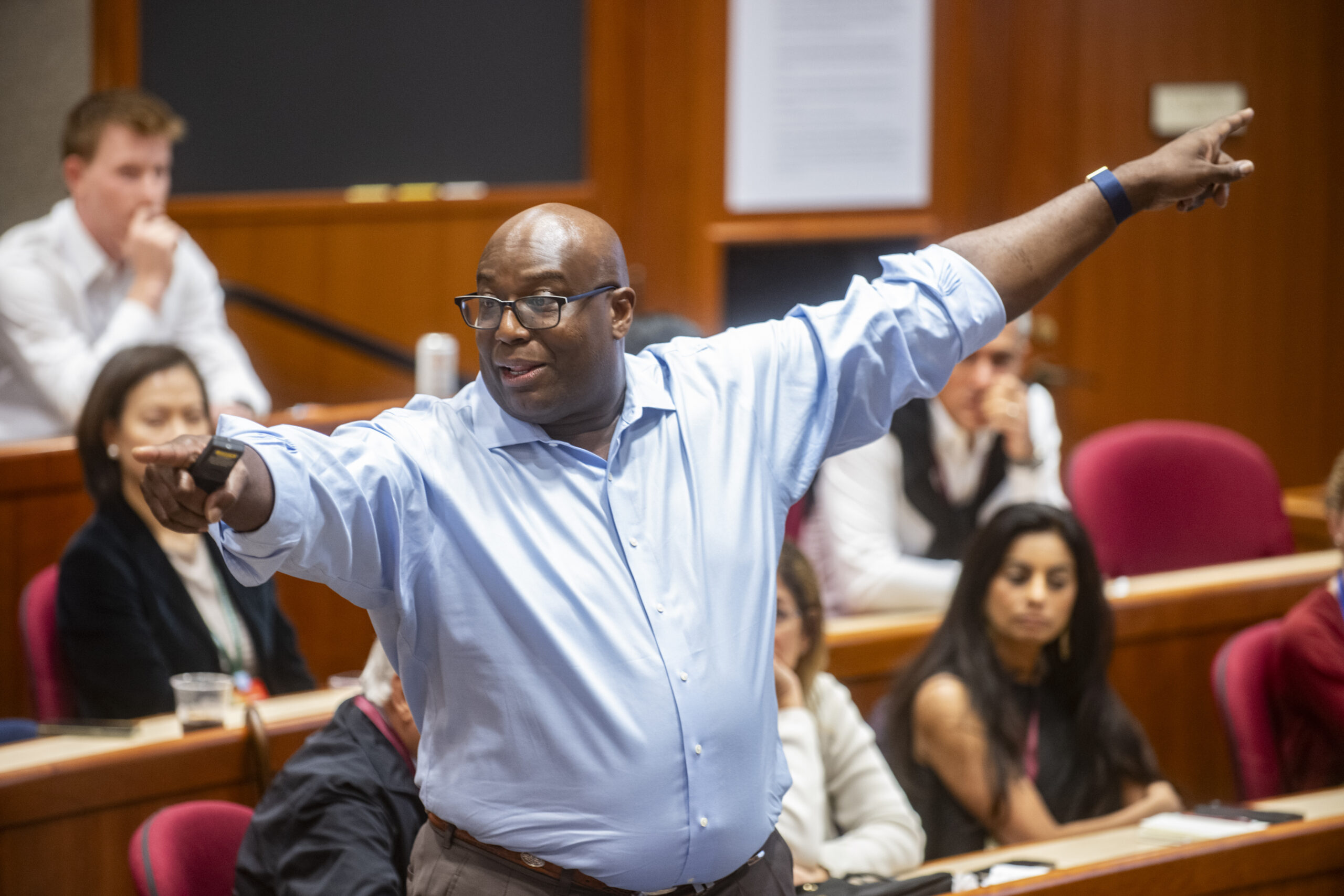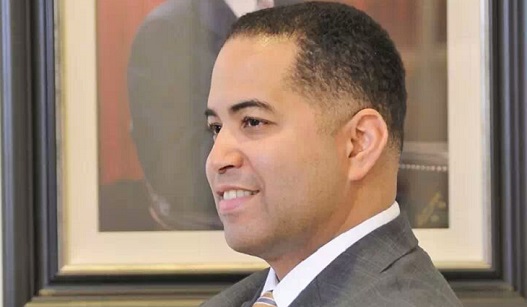

Frank Adams has had a transformational impact on the A.G. Gaston Boys & Girls Club, an affiliate of the Boys & Girls Club of America based in Birmingham, Alabama. Appointed CEO of the organization in 2012, Adams raised club membership from 500 to 1,700 and grew its operational budget from $1.3 million to $1.6 million in only three years. In recognition of his leadership, Adams was selected by his organization to attend the Performance Measurement for Effective Management of Nonprofit Organizations (PMNO) program at Harvard Business School Executive Education. In this interview, he describes how the program has equipped him to make a greater impact as a CEO.
What brought you to this program? Over the last few years, Boys & Girls Club of America has selected various CEOs within the movement to attend the PMNO program. I was selected with two other peers to participate in this year's program, which was a huge honor and big surprise for me. It was a wonderful opportunity for me to work with other nonprofit leaders as well as individuals who have specific insight into the world we live in.
How did you benefit from interacting with leaders in the program? It really enhanced the learning experience. There was a high level of engagement between the professors and my peers, and I felt like my time was valued. As someone who has very little time to engage beyond what we're working on currently, it was very refreshing to be surrounded by peers who experience some of the same challenges that we've experienced as well as some of the opportunities that we've experienced in growth and development.
Are there specific insights that especially resonated with you? I thought that Professor [and Faculty Cochair Herman B.] Leonard's insight around capacity, value, and support were critically important to understanding all the elements that contribute towards executing a mission. It made me look at the activities in our organization and ask these questions: Are those things mission-centric? Are those things that we have capacity for, that we have support for? Do we value it as an organization? It was very impactful in understanding what we do, why we do it, and how we do it.
Professor [and Faculty Cochair Julie Boatright] Wilson's in-depth discussion about the theory of change, the logic model, inputs, process, outputs, and outcomes was very important to me as well. It gave me an opportunity to break down the different elements within our organization—everything from personnel to stakeholders to parents to kids—and think about how all of those elements are linked through your mission and through your activity. It was very helpful for me to understand how one area affected the other.
I thought that Professor [John Jong-Hyun] Kim's insight into how to truly communicate with your stakeholders was very important. I found it very helpful to explore how creating a culture of accountability is important to the health and well-being of your organization and also how you communicate with your stakeholders.
What did you find most valuable about the program? The program forced me to pause, step out of the box for a bit, and just look at my organization. There's a long lead time in terms of what we do in our organization to produce a result; because of this, it's difficult to gauge how we're impacting a child since we don't work with them as an adult. There are a lot of different variables that we control and some that we don't. So, through the case studies and through dialogue, the program helped me understand that there are small wins and small measurements along the way that add up to the impact that you desire in your organization.
What do you like most about what you do? I know that we're having an immediate impact on children by our very existence as being a safe place for them to be in the afternoon as well as when school is out. The magic that we actually create in our organization is when we're having one-on-one discussions or small group discussions with our young people about who they are, what they want to be, and how we can help them get to that position of achievement.
A lot of our communities—like most communities around the country—are populated with kids who don't see a vision for their own future. The only thing that separates those kids from people like you and me is that someone sat them down and said, "Hey. What do you want to do, and how do I help you do that?" So, that is primarily our role at the Boys & Girls Club: giving them a safe space to think through what they would like their lives to be in the future and, more importantly, helping them access the tools, resources, and exposure they need to go and do it. That's what is truly rewarding in my role. I help facilitate that dialogue by strengthening the organization operationally, financially, and from a mission perspective.
Would you recommend this program? I highly recommend the program to any nonprofit leader, board member, or stakeholder who's interested in moving their organization to a higher level of performance. I think it's absolutely essential to have a program like PMNO that gives you a moment to understand your organization's performance and how you articulate that performance to the general public and to those who find value in your organization.
I thought that the level of insight from the professors was transformational. Their work experience and ability to quantify and clarify very complex organizational issues was second to none. It's probably the best professional development opportunity that I've had in my career.
This post was originally published in the HBS Executive Education Resource Library.